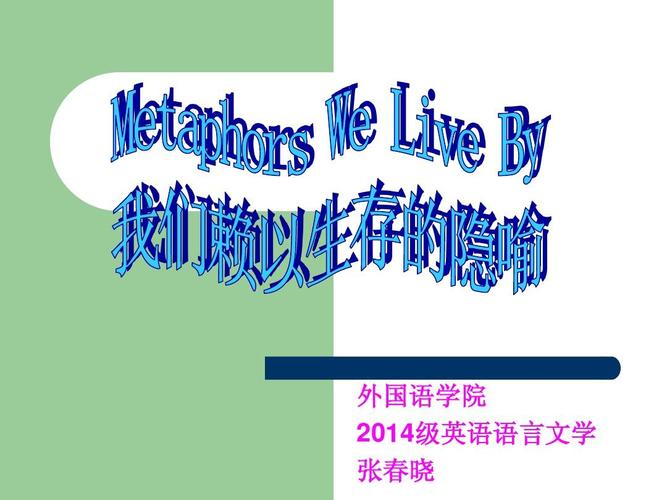1.UnderstandtheMetaphor
Translation of Metaphors in Courseware
Metaphors are powerful linguistic tools that help convey abstract concepts in a more understandable and vivid manner. When translating courseware containing metaphors, it is essential to maintain the essence and impact of the original metaphor while ensuring clarity and cultural relevance in the target language. Here are some strategies for translating metaphors in courseware:
Before attempting to translate a metaphor, it is crucial to fully understand its meaning and intended effect in the original language. Metaphors often carry cultural connotations and nuances that may not have direct equivalents in the target language.
Determine why the metaphor is used in the courseware. Is it to simplify a complex concept, create a visual image, evoke emotions, or emphasize a point? Understanding the purpose will guide you in choosing the most appropriate translation strategy.

Awareness of cultural differences is key when translating metaphors. Some metaphors may be rooted in specific cultural references that are not universally understood. Adapt the metaphor or provide an explanation to ensure comprehension in the target culture.
Whenever possible, try to find equivalent metaphors in the target language that convey a similar meaning or image. This helps maintain the impact of the metaphor while making it more accessible to the target audience.
Depending on the complexity of the metaphor and the linguistic differences between the source and target languages, you may need to simplify or expand the metaphor for better comprehension. Be mindful of not losing the essence of the metaphor in the process.
After translating metaphors in courseware, seek feedback from native speakers or subject matter experts to ensure the accuracy and effectiveness of the translations. Adjustments may be needed based on their input.
Consistency in translating metaphors throughout the courseware is essential for coherence and clarity. Use the same translation for recurring metaphors to avoid confusion and ensure a smooth reading experience.
Translating metaphors requires a balance between fidelity to the original and creativity in finding suitable equivalents. Don't be afraid to think outside the box and use creative language solutions to capture the essence of the metaphor in the target language.
By following these strategies and guidelines, you can effectively translate metaphors in courseware while preserving their impact and enhancing the learning experience for the target audience.
